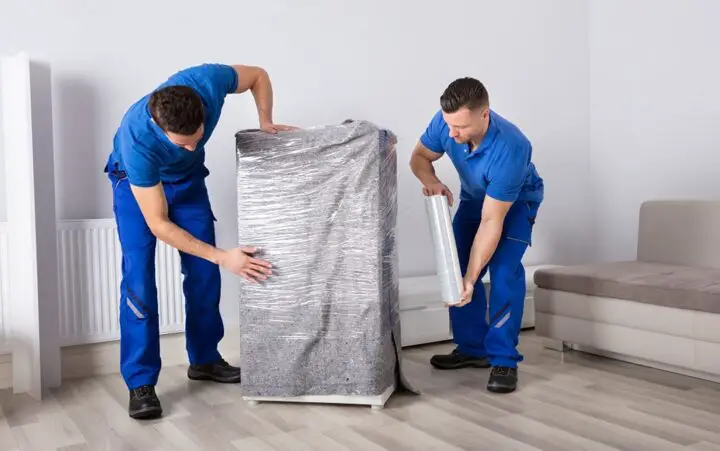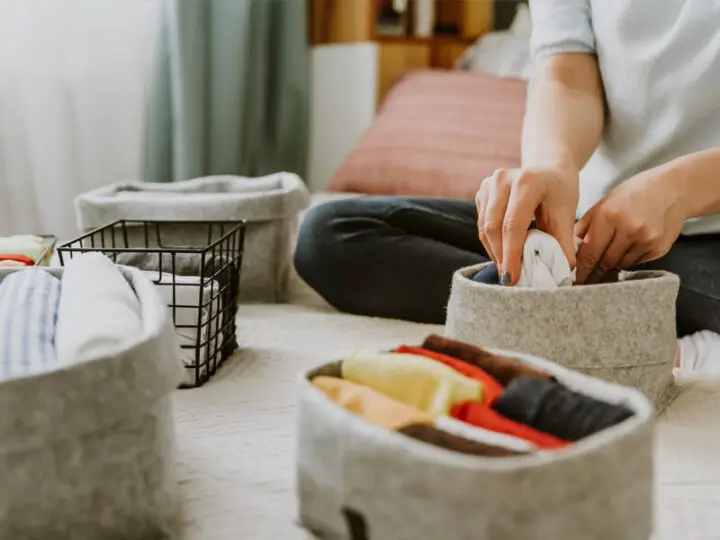How to Pack Bedroom Items and Furniture for a Move

The bedroom is one of the most challenging areas to pack in a home. Aside from the size of the area you have to cover, it usually contains an assortment of items in different sizes and shapes. Packing each item in your moving boxes is also no simple task as you have to consider the weight of the items you need to pack, so the boxes won’t be too heavy. For a more convenient moving experience, you may hire professional removalists to pack your belongings. If you’re relocating on your own, feel free to follow these steps to lessen the stress of packing your bedroom for a move.
You will need:

Moving boxes (different sizes)
Packing tape
Bubble wrap or packing paper
Corrugated cardboard
Papers or notepads
Tools
Mattress covers
Furniture blankets
Cable ties/organisers
If you’re opting for a DIY move or hiring interstate removalists to uplift your belongings, but opting out from packing/unpacking services, here’s what you need to do.
Declutter

When you have plenty of time before the move, you can declutter and dispose of items you won’t use in your new home. You will also have fewer items to unpack when you move into the new house by doing this.
Set up sections in the room for items you will keep, discard, or donate to make decluttering easier. As much as possible, organise your belongings in boxes, especially for those you plan to keep, so packing them won’t take too long. Roll cords into coils and secure them with cable ties or organisers if you have appliances or items with cords.
When the likelihood of using or wearing an item again in the future is high, it can be hard to let go of certain items. The downside is that these will only take up more space in your boxes or containers and add to the things you’ll need to unpack and organise when you move.
Consider letting go of the following:
– You haven’t worn it in quite a while and it isn’t something that you put something aside for unique events.
– Gives indications of wear (stains or fraying).
– Is damaged and beyond repair.
– No longer fits with your style.
– Does not fit anymore.
Packing Small or Delicate items
Bedrooms are among the most difficult rooms to pack. Due to the number of items in the room, packing may take a long time, especially if you or your children have a lot of items that you like keeping despite being unused. For easier packing, moving boxes of different sizes are best prepared before you start packing to accommodate items of various sizes.
Pack small, non-fragile items like papers, books, notebooks, accessories, etc. in small boxes. The best way to pack several books is to pack just a few in small boxes along with other light items to reduce the weight and make them easier to carry. To avoid scratches or damage, it is recommended that you keep any items that can easily crumple in their original boxes or wrap them in packing paper and place them in bags before you put them in the box.
Put small fragile items in the box they came in when packing them. Alternatively, packing papers and bubble wrap can be used if you haven’t got them anymore. Once you are satisfied with the amount of wrapping, grab some packing tape or adhesive to secure the wrapped item. To prevent the items from breaking, position them strategically and add crumpled wrapping papers or towels/blankets as cushions to protect them from getting damaged when the vehicle takes sharp turns.
In case you have plenty of delicate items and would prefer to have them professionally packed and delivered, visit Whybirds.com to reach out and discuss the specific services you need.
Packing your clothes/wardrobe

1. Clean all dirty clothes
Check your clothes for dirt and wash them, including jackets and scarves you’ve only worn once. All clothing items should be clean and dry before packing. Moulds and foul odours can be caused by moisture on clothes. Other dirt or stains left on the clothes for too long may also cause damage to the clothes, especially light-coloured ones.
2. Sort and organise your clothes
Preparing and packing clothes may be one of the most time-consuming tasks in the moving process. To make unpacking easier when you reach your new home, organise your clothes by season. This way, you can easily find the ones that you will be needing immediately and those that you need to store at the back of the closet or your storage area.
3. Use wardrobe boxes or corrugated boxes
It is highly recommended that you use wardrobe boxes to pack delicate or expensive clothes. This allows you to keep certain clothes in their hangers, making it easier to transfer them to your new closet when you unpack your belongings in your new home. You may also use garbage bags to pack clothes and keep them in their hangers and prevent wrinkles.
4. Fold and pack clothes

Fold your clothes neatly before packing them into boxes or bags to make them less wrinkled. Folded clothes also take up less space in boxes. To make packing easier, sort the folded clothes by type as you finish folding. You may also opt to vacuum-pack your clothes, blankets, or towels to save space.
5. Pack sorted clothes
Pack clothes of the same type together. Smaller pieces of clothing, underwear, and socks may be packed in smaller boxes or bags. If you can, try packing or organising your clothes according to season. This way, you will know which boxes to prioritise when you’re unpacking. Seal the boxes using packing tape and label each box appropriately.
Disassemble and pack furniture
Since bedroom furniture and appliances are often heavy or bulky, it may be hard to prepare and pack them before or along with other items in the room. This is even more challenging if you have no other furniture to use or area to sleep on until your moving day. If you plan on hiring professional removalists, you may include packing services to your package so you won’t have to worry about dismantling and packing your furniture. If you’re moving on your own, here’s a guide on how to prepare your bedroom furniture for moving:
Start disassembling pieces of furniture that can be taken apart a few days before your scheduled moving day. Pack bolts, nuts, screws and other smaller parts in clean, dry bags or containers. Label the bags properly to make it easier to find the items you need for each furniture.
To protect your furniture from nicks and scratches, cover the surfaces of your furniture using clean paper, bubble wrap, or shrink-wrap. If you have larger pieces of furniture, use moving blankets to make sure that the surfaces of furniture are completely covered.
Use bubble wraps or leg protectors to protect the legs of your furniture. You may also attach the legs to the furniture they belong to, making sure that the pieces will fit perfectly when you reassemble them upon arriving in your new home.

